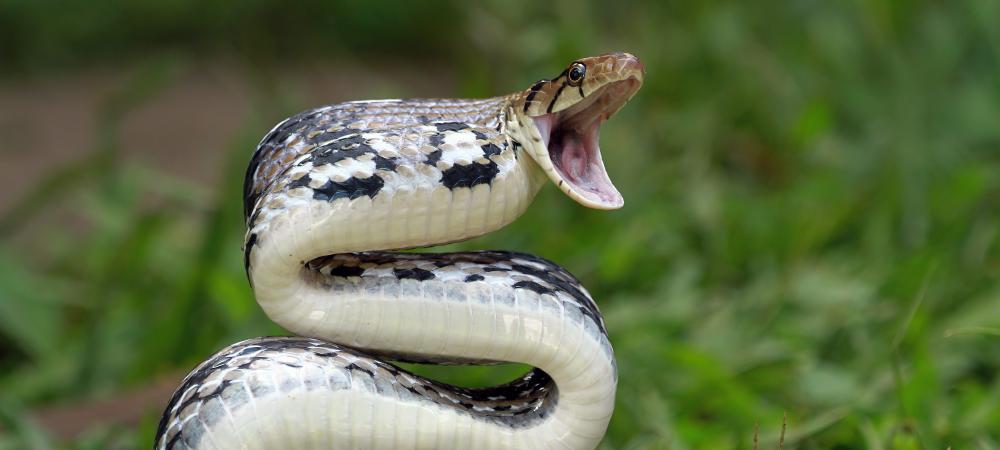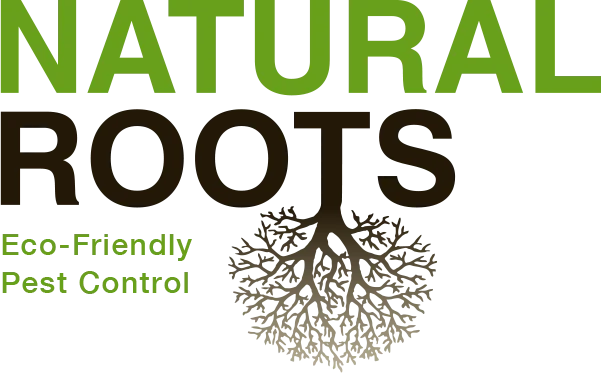Snakes Around Your Home: Harmless or Dangerous?

Seeing a snake in your yard can be startling, but in most cases, it’s nothing to fear. The majority of snakes in South Carolina are harmless and even beneficial, keeping rodent populations in check. Still, a few venomous species live here—so knowing how to tell them apart is important for safety.
Harmless Snakes Found in South Carolina
Non-venomous snakes play a key role in controlling pests that damage lawns and invade homes. They’re shy, non-aggressive, and typically move away when disturbed.
Common harmless snakes include:
- Black Rat Snake: Large, glossy black snake often found around barns and attics. Excellent rodent hunters.
- Eastern Garter Snake: Small, striped, and frequently spotted in gardens or near water.
- Black Racer: Fast and slender; prefers open areas and avoids human contact.
These snakes are valuable allies in pest control—there’s rarely a need to remove them unless they’re inside your home.
Venomous Snakes in South Carolina
Only a few local species pose real danger. Learn their traits so you can keep a safe distance. Venomous species to know include:
Copperhead
The most common venomous snake in South Carolina, copperheads have a reddish-brown or copper-colored head and distinct hourglass-shaped crossbands along a light tan or pinkish body. They often blend in with fallen leaves, which makes them easy to overlook in wooded areas or garden beds. When startled, they typically freeze rather than flee, relying on camouflage.
Cottonmouth (Water Moccasin)
These snakes are thick-bodied with dark olive, brown, or nearly black coloring and a pale, white mouth lining—the feature that gives them their name. Cottonmouths prefer wet environments such as ponds, streams, or drainage ditches. When threatened, they coil, open their mouths wide, and display that white interior as a warning. Their bodies appear heavy and muscular compared to non-venomous water snakes.
Eastern Diamondback Rattlesnake
The largest venomous snake in North America, this species can reach up to eight feet long. It’s easy to recognize by its bold dark diamond-shaped markings outlined in cream or yellow along a gray or brown background, and a rattle at the end of its tail that produces a sharp buzz when shaken. Diamondbacks prefer dry, sandy areas or pine forests and are rarely seen near homes, but their distinct pattern is unmistakable.
If you can’t identify a snake confidently, assume it may be venomous and leave it alone.
Why Snakes Appear Around Homes
Snakes don’t seek people—they seek shelter and food. Your property may attract them unintentionally.
Common reasons snakes move in:
- Rodent populations living in attics, sheds, or crawl spaces.
- Tall grass, leaf piles, or woodpiles providing cover.
- Bird feeders attracting small mammals.
- Standing water or drainage issues drawing prey.
Reduce these attractants, and you’ll naturally reduce snake encounters.
Safe and Responsible Snake Deterrence
It’s never a good idea to handle or harm snakes yourself. Instead, leave it to professional snake control experts. However, you can focus on habitat management and prevention.
Simple deterrence steps:
- Keep lawns trimmed and shrubs pruned.
- Store firewood and lumber off the ground.
- Seal small openings under doors, porches, and decks.
- Repair damaged vent screens and cover crawl space access points.
- Eliminate rodent activity, which draws snakes closer.
These actions make your property less appealing to both snakes and their prey.
When to Call a Professional
If a snake enters your home or you suspect a venomous species nearby, don’t take chances. Contact Natural Roots Pest Control & Wildlife Removal for snake removal services have the training and equipment to remove snakes safely without harm to you—or to the animal.
